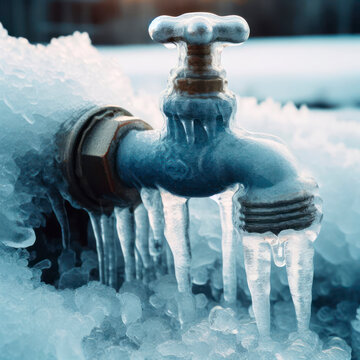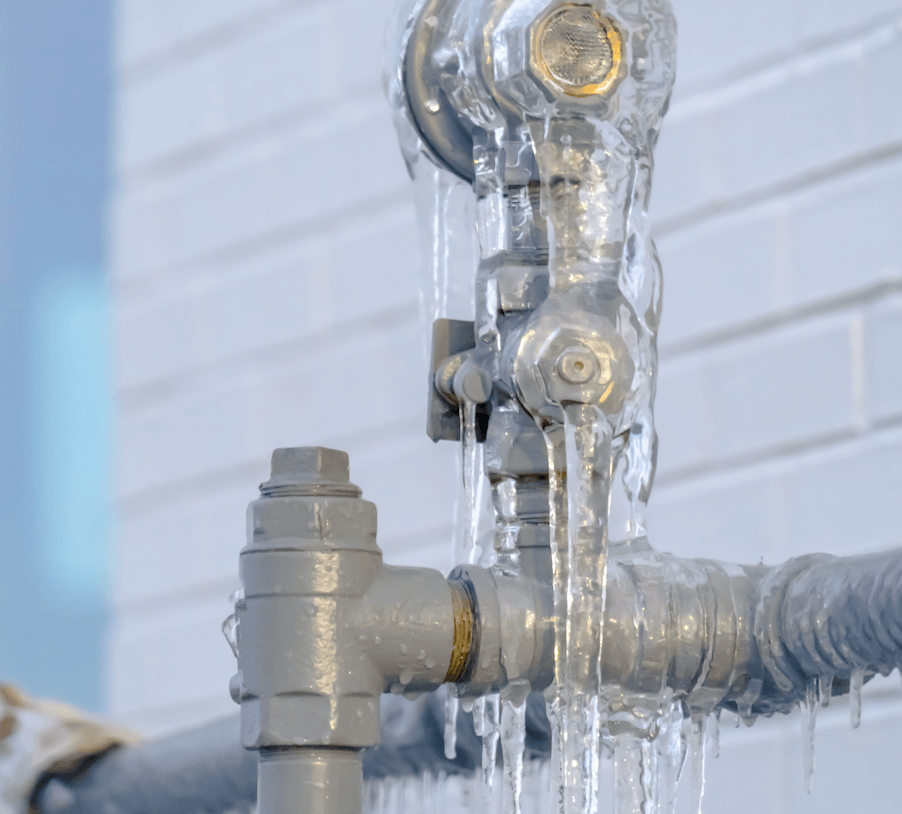What are your beliefs about Prevent Frozen Pipes ?

Winter can wreak havoc on your pipes, particularly by freezing pipelines. Below's how to avoid it from happening and what to do if it does.
Introduction
As temperature levels drop, the danger of icy pipelines rises, potentially resulting in pricey repair work and water damages. Recognizing how to prevent frozen pipes is important for home owners in cool environments.
Recognizing Icy Pipelines
What creates pipelines to ice up?
Pipes freeze when exposed to temperatures below 32 ° F (0 ° C) for extended periods. As water inside the pipes freezes, it expands, taxing the pipeline walls and potentially creating them to break.
Dangers and damages
Frozen pipelines can bring about water system disruptions, residential or commercial property damages, and pricey repair work. Burst pipes can flooding homes and trigger extensive architectural damages.
Signs of Frozen Pipes
Identifying frozen pipes early can prevent them from bursting.
How to identify frozen pipelines
Seek lowered water circulation from taps, unusual odors or sounds from pipelines, and visible frost on exposed pipes.
Avoidance Tips
Shielding prone pipes
Wrap pipelines in insulation sleeves or make use of warmth tape to secure them from freezing temperatures. Concentrate on pipes in unheated or exterior locations of the home.
Heating techniques
Maintain interior rooms effectively heated up, specifically areas with pipes. Open closet doors to allow cozy air to circulate around pipelines under sinks.
Protecting Exterior Plumbing
Garden tubes and outdoor faucets
Separate and drain garden tubes before wintertime. Mount frost-proof spigots or cover outside taps with shielded caps.
What to Do If Your Pipes Freeze
Immediate actions to take
If you presume icy pipelines, keep faucets available to soothe pressure as the ice melts. Use a hairdryer or towels soaked in hot water to thaw pipelines gradually.
Long-Term Solutions
Architectural modifications
Take into consideration rerouting pipelines far from outside wall surfaces or unheated locations. Add additional insulation to attics, basements, and crawl spaces.
Updating insulation
Buy high-grade insulation for pipelines, attic rooms, and wall surfaces. Correct insulation helps keep consistent temperature levels and decreases the risk of frozen pipes.
Verdict
Avoiding icy pipelines calls for positive steps and quick feedbacks. By comprehending the reasons, indicators, and preventive measures, home owners can protect their plumbing during winter.
6 Proven Ways to Prevent Frozen Pipes and Protect Your Home
Disconnect and Drain Garden Hoses
Before winter arrives, start by disconnecting your garden hoses and draining any remaining water. Close the shut-off valves that supply outdoor hose bibs and leave the outdoor faucet open to allow any residual water to drain. For extra protection, consider using faucet covers throughout the colder months. It’s also important to drain water from any sprinkler supply lines following the manufacturer’s directions.
Insulate Exposed Pipes
Insulating your pipes is an effective way to prevent freezing. Pipe insulation is readily available at home improvement stores and is relatively inexpensive. Pay close attention to pipes in unheated areas such as the attic, basement, crawl spaces, or garage. Apply foam insulation generously to create a buffer against the cold. You can also wrap your pipes in heat tape or thermostat-controlled heat cables for added warmth.
Seal Air Leaks
Inspect your home for any cracks or openings that could let in cold air. Seal any holes around the piping in interior or exterior walls, as well as the sill plates where your home rests on its foundation. Additionally, make sure to keep your garage door closed unless you’re entering or exiting. Leaving it open creates a significant air leak that can lead to frozen pipes.
Allow Warm Air Circulation
During cold snaps, it’s essential to allow warm air to circulate evenly throughout your home. Leave interior doors ajar to promote better airflow. Open kitchen and bathroom cabinets to help distribute heat consistently around the rooms. If you have small children or pets, be sure to remove any household chemicals or potentially harmful cleaners from open cabinets for safety.
Let Faucets Drip
A small trickle of water can make a big difference in preventing ice formation inside your pipes. When temperatures drop significantly, start a drip of water from all faucets served by exposed pipes. This continuous flow helps prevent the water from freezing. Additionally, running a few faucets slightly can relieve pressure inside the pipes, reducing the chances of a rupture if the water inside does freeze.
https://choateshvac.com/6-proven-ways-to-prevent-frozen-pipes-and-protect-your-home/

I was guided to that article on How To Avoid Freezing Pipes from a pal on our other blog. Sharing is good. Helping people is fun. Thank you for your time spent reading it.
Request Free Estimate